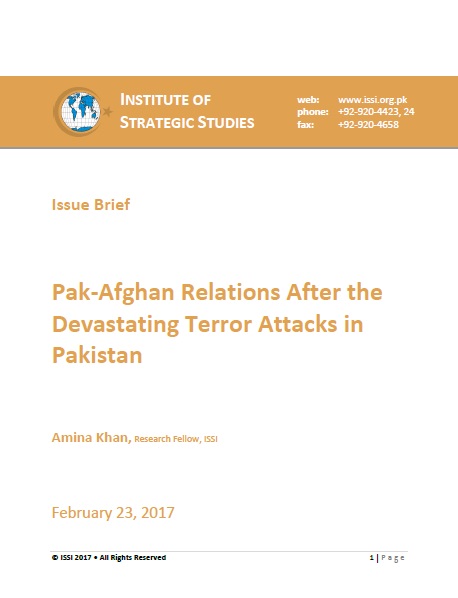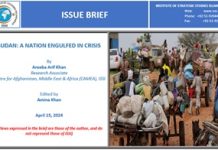On February 17, 2017 the Pakistan Army carried out targeted attacks on Jamaat-ul-Ahrar (JUA) and Tehreek-e-Taliban Pakistan (TTP) hideouts located across the border in Afghanistan chiefly in Nangahar and Kunar. In particular, a training camp and four other terrorist hideouts belonging to the Jamaat-ul-Ahrar allegedly run by the group’s deputy commander, Adil Bacha were destroyed. [i] More than a dozen JUA fighters including a prominent JUA commander, Rehman Baba, known for training suicide bombers and young terrorists was also killed.[ii] The Afghan government also acknowledged that JUA camps were targeted in the Lalpur district of Nangarhar province and Sarkano in Kunar province. [iii]
The move comes after a wave of terror attacks took place in Pakistan over a four day period by the JUA and the Islamic State (ISI). The spate of terror began with a suicide bombing in Lahore on February 13 which killed at least 13 people and wounded 83 others and subsequent suicide attack in Ghalanai in the Mohmand Agency on February 15, 2017 in which five people, three Levies and two civilians including a schoolteacher were killed. Prior to this, two blast took place in Baluchistan on February 7 and 13 respectively in which four persons were killed. However, the most devastating attack took place on February 16, 2017 at the shrine of Lal Shahbaz Qalandar in Sehwan in which at least 80 people were killed and scores injured. The Islamic State claimed responsibility for the attack. A few days later the JUA claimed responsibility for an attack on sessions court in Charsadda on February 21 which killed seven people, and 21 injuries [iv] which marked the sixth in a string of major assaults across Pakistan.[v]















